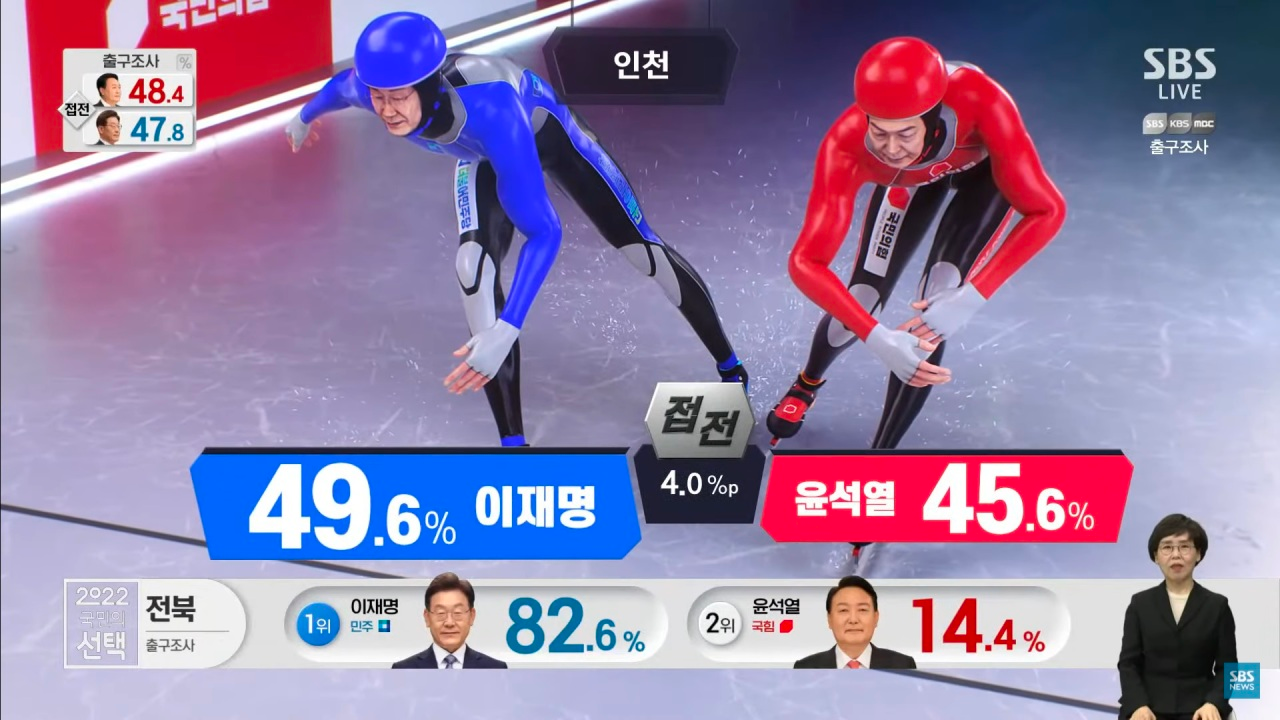The year 2022 has been a big one for South Korea. From dealing with the ongoing pandemic, to dealing with various societal crises like housing inflation, a severely low birth rate, and rapidly growing economy, many have become curious about how a country like Korea is run. 2022 marks the year of a presidential election. On March 9th, Koreans throughout the country lined up to fulfill their duty to vote and on May 10th, 2022, Yoon Sukyeol, was sworn in as president.
South Korea, or the Republic of Korea, is that, a republic. But, it wasn't always like that. For a nation that has been run by kings, dictators, and now presidents, the path to democracy has been a long one and holds a lot of weight for the Korean people.
Today, we will be explaining the Korean democratic system and how the voting process is and came to be.
The Presidential Election
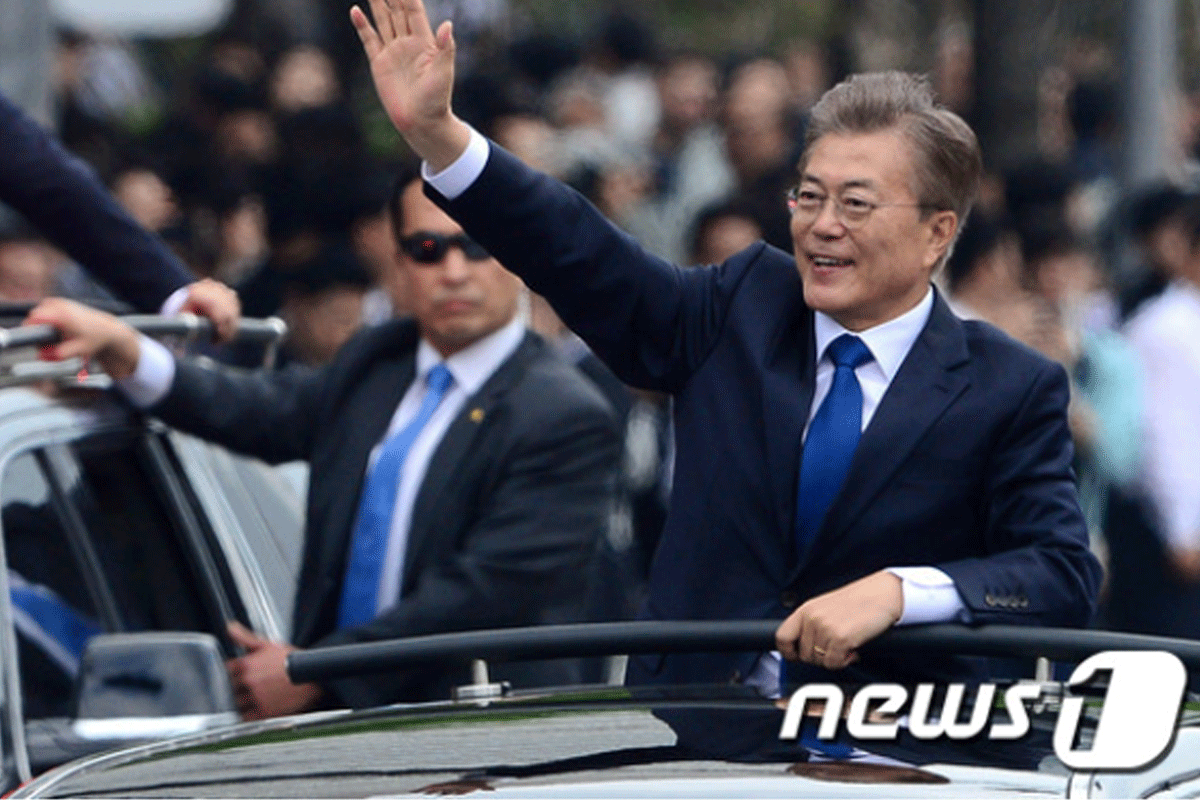
Photo Cred: news1
The term of the Korean president is five years total. From Inauguration Day, May 10 to the next inauguration of the future president on May 9, 2027, Yoon Seokyeol will be South Korea's president.

The current presidential election system has undergone many changes throughout the limited years of Korea's democratic past. With various changes to the constitution via amendments, the presidency has continued to evolve to get to this point. Once upon a time, a president was able to be reelected and maintain their position until their seventh year. There were other cases where a president was elected by the people without going through the National Assembly as well.
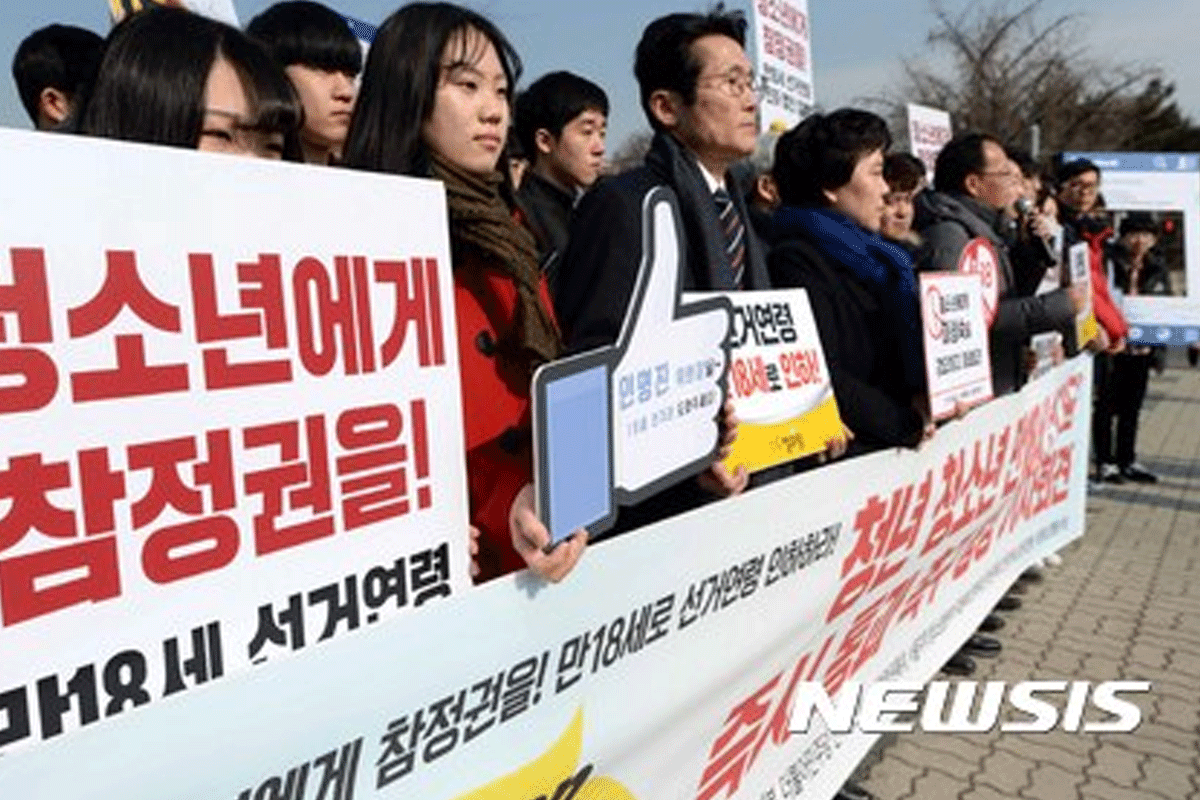
Photo Cred: NEWSIS
Similar to other nations, all citizens 18 and up can participate in the presidential election. However, in order to run for president, a citizen must be 40 years or older to be qualified.
The Korean Presidency and Its Dark History

This year, the 20th presidential election was held in South Korea. However, despite that being the case, President Yoon Seokyeol, is not the 20th president to hold the position, but technically the 13th.
This can be attributed to Korea's difficult journey to becoming a democracy. In the fairly young democratic society, the country has struggled to establish the presidency due to battles with dictatorships and abuses of power.
There are multiple major events that have occurred in Korea's history that have helped to shape Korea presidential election into what it is today and as we mentioned before, Korea is currently entangled with many sensitive societal issues that make politics a very hot topic in the country. With concerns of economic development, war, relationship with North Korea and views of Korea and its future, opinions vary widely.
Due to these various factors, if you'd like to know more about the modern history of Korea, then it's important to refer to the various articles and academic journals in addition to this blog.
Lee Seungman: 1st - 3rd Term President
Term: 1948.07.24 - 1960.04.27
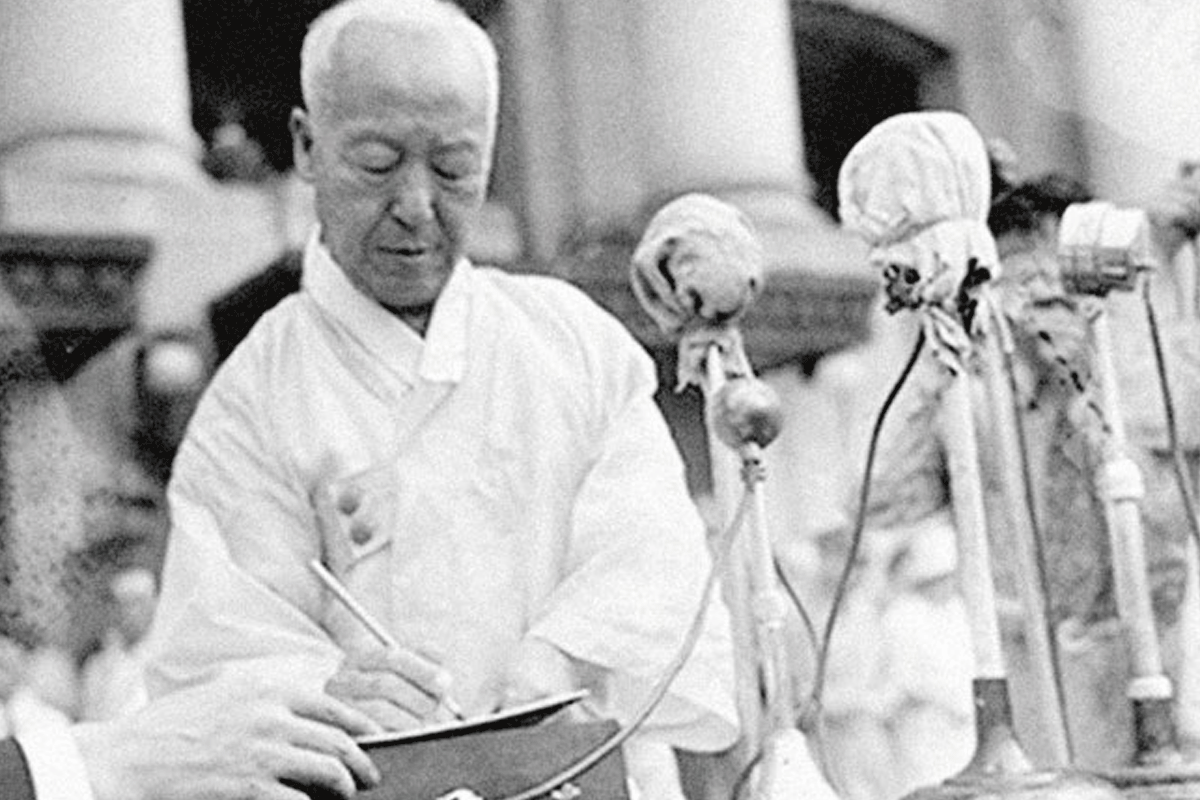
Throughout Korea's history, it has remained at the center of a sphere of influence from other nations. During World War II, the Korean Peninsula was under Japanese occupation. Once they were finally liberated from Japanese, the peninsula was divided into North and South Korea by the United States and Soviet Union. Since then, there have been numerous discussion and negotiations to unify the two nations, but the unification of the Korean Peninsula is proving to be a very difficult mission.
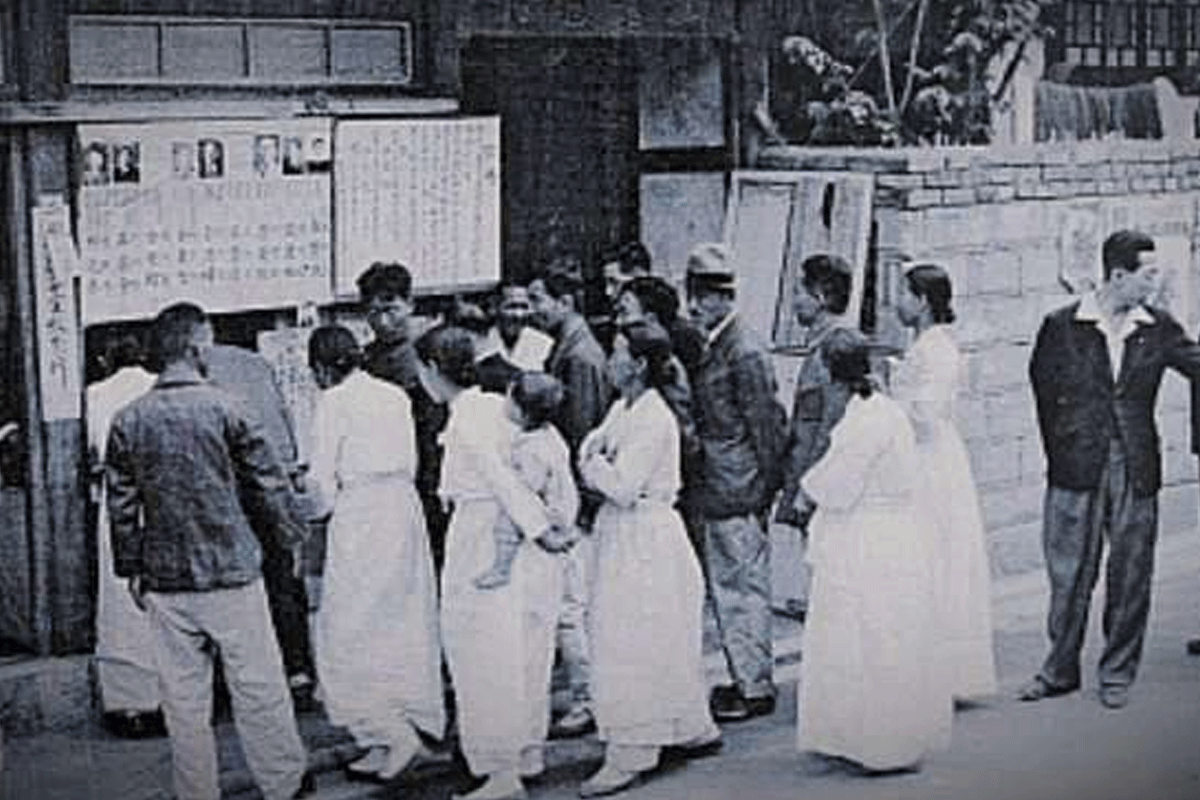
At this time, Lee was serving as an interim president in the provisional government that had been engaged in diplomatic activities with the US. Lee insisted under this pretense that "a provisional government or a single government should be established in the south."
Eventually on May 10, 1948, the National Assembly was established by holding an independent general election in South Korea. As a result, Lee Seungman was elected in a vote within the National Assembly, and inaugurated as the first president of the Korean government on July 24.
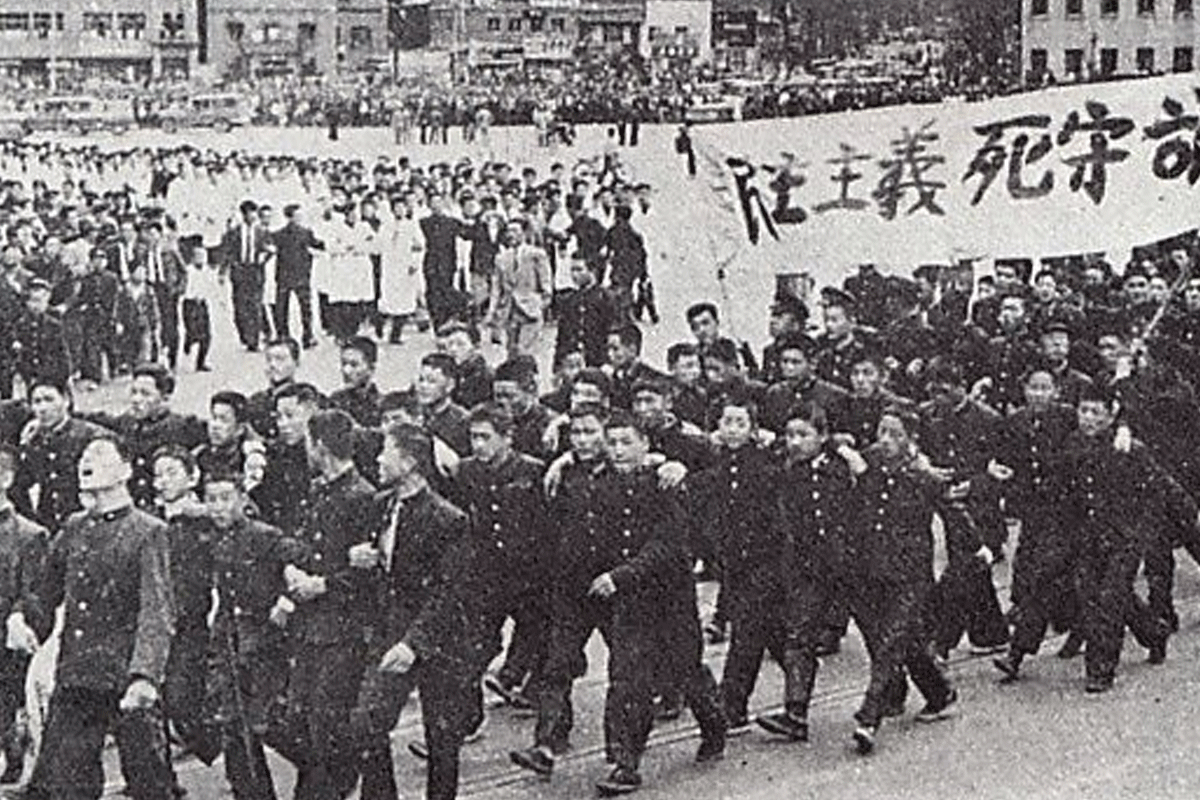
After serving a second term as president, Lee was known to change the constitution at will, eliminating any restrictions that kept a president from winning a third and fourth term as president. But the result of his actions was a violent election. On April 19th, the Revolution broke out and he was finally forced to step down from office.
Yoon Boseon: 4th Term President
Term: 1960.08.12 - 1962.03.24
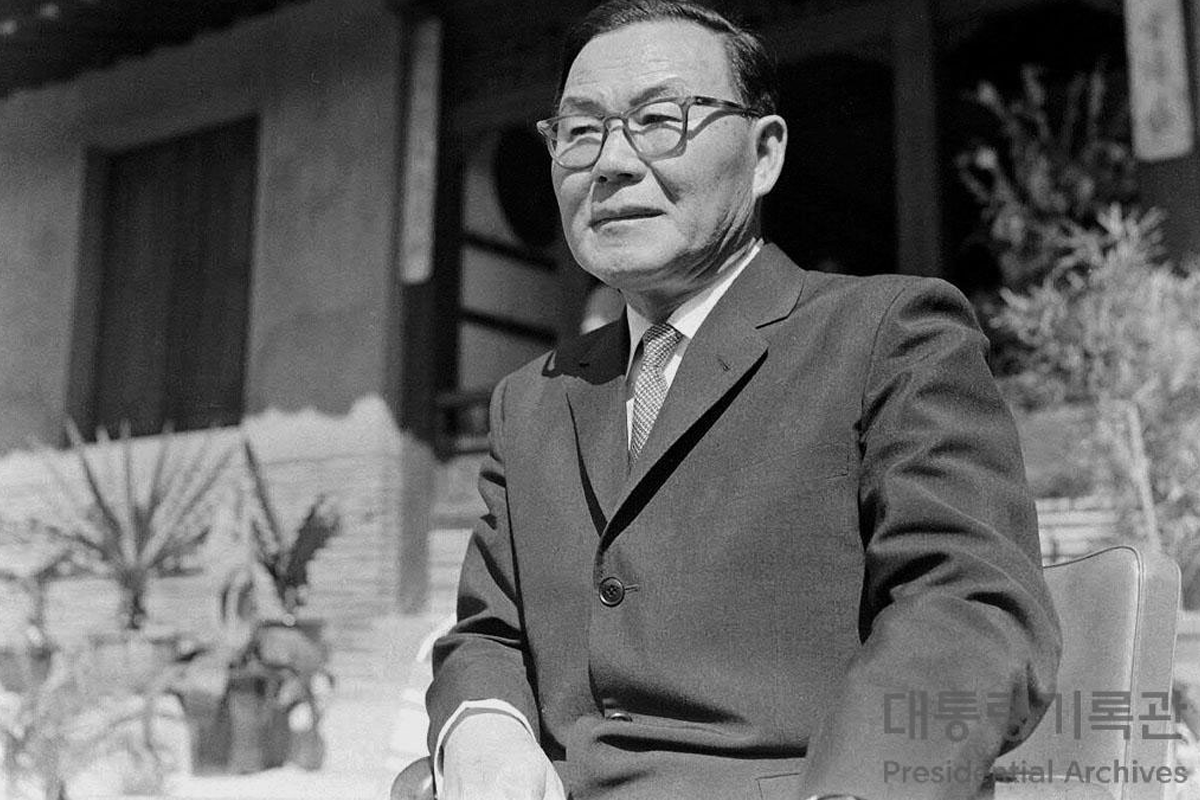
After the April 19th Revolution brought a violent end to Lee Seungman's regime, South Korea elected the "fourth" president, Yoon Boseon. However, his term was cut short by a coup that took place on May 15, 1961.
Park Jeonghee: 5th - 9th Term President
Term: 1953.12.07 - 1979.10.26
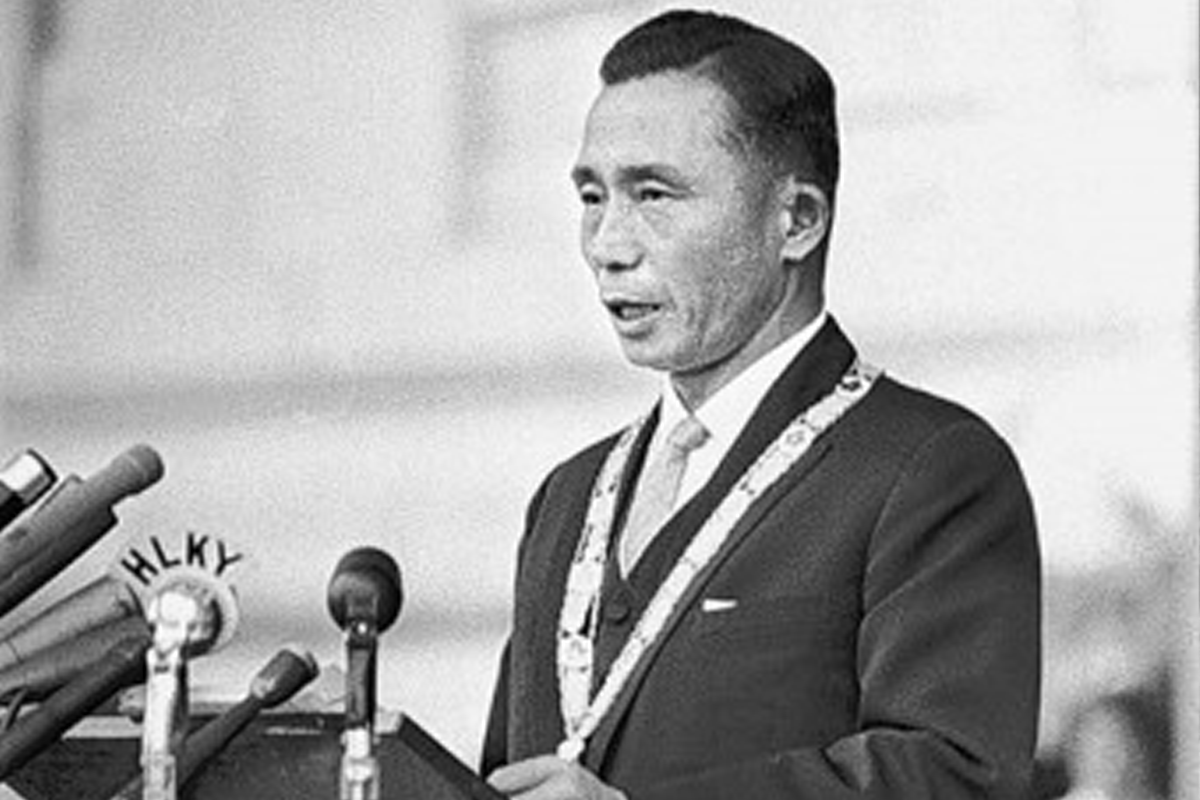
Following the May 16th coup, Park Jeonghee ran for president in the fifth term election in 1963. Once he won and was elected president, he fell into the tactics of former president Lee Seungman, and changed the constitution to extend his term into that of a dictatorship.
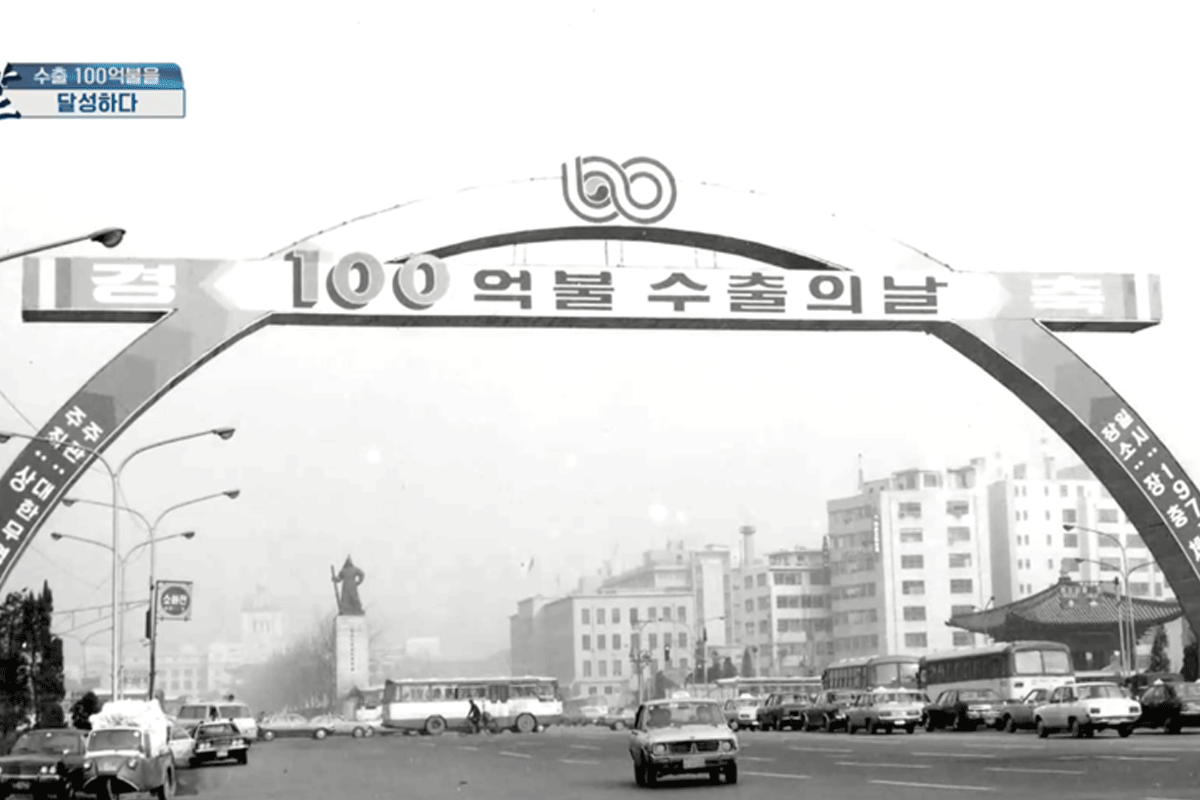
As a result of his changes, Park become the longest-serving president in Korean history with a term of 17 years. Views on his tenure as president are very polarized. While nature of how his term extended was not something that the Korean people took lightly, they could not ignore what was accomplished as well. During his long term, he was able to develop Saemaul Undong, or the Community Movement, which was a political initiative created to modernize the rural South Korean economy. He created a five year economic development plan from which he achieved tremendous economic growth in Korea and achieved 10 billion dollars in exports for the first time in the country's history.

After the Korean War, South Korea had no other option than to rebuild. The nation was very poor and received aid from other countries, yet it achieved tremendous growth. But this amazing feat came at the expense and sacrifice of workers. The economic accomplishments, which should have been a great help to its people, became one of the biggest burdens as well. This, in addition to the fact that his entire tenure as "president" had been established by ignoring democratic ideology and using force to carry out a dictatorship, let the the Buma Democratic Uprising, a citizens' protest that took place in Masan, Busan). As a result of this uprising, he was shot by a confidant of his own, which brought the end to the Park dictatorship.
Choi Kyuha: 10th Term President
Term: 1979.12.06 - 1980.08.16

Following the assassination of Park, the prime minister Choi Kyuha took over as president on October 26th. However, his term was also short lived, since he was removed from office in eight months due to a coup d'etat by the new military.
Jeon Doohwan: 11th - 12th Term President
Term: 1980.08.27 - 1988.02.24
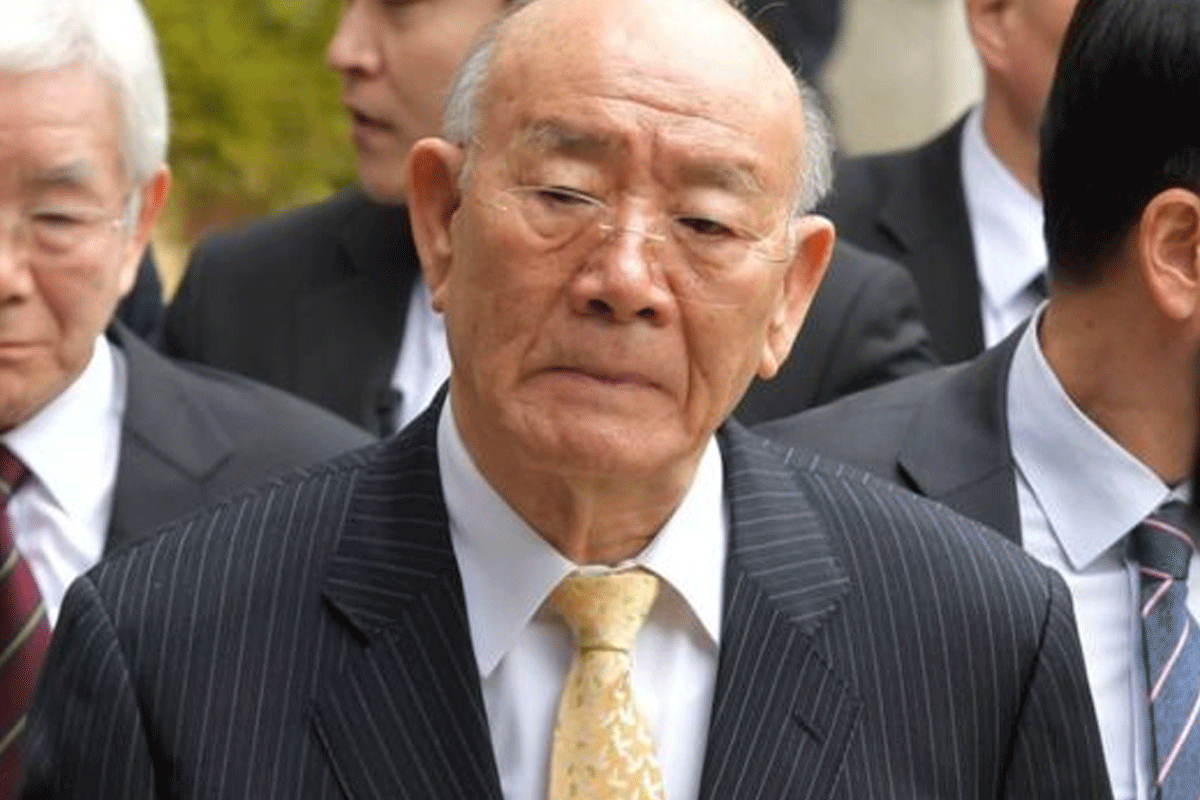
Many historical dramas or films that take place during the democratization of Korea, deal with President Lee's time in power. When the 12.12 military revolt took control of the army and undermined the value of democracy, citizens of a city in the south-west region of Korea called Gwangju started the famous May 18th Gwangju Democratization Movement. However, Lee mobilized all his forces to suppress the protests and slaughtered many citizens.
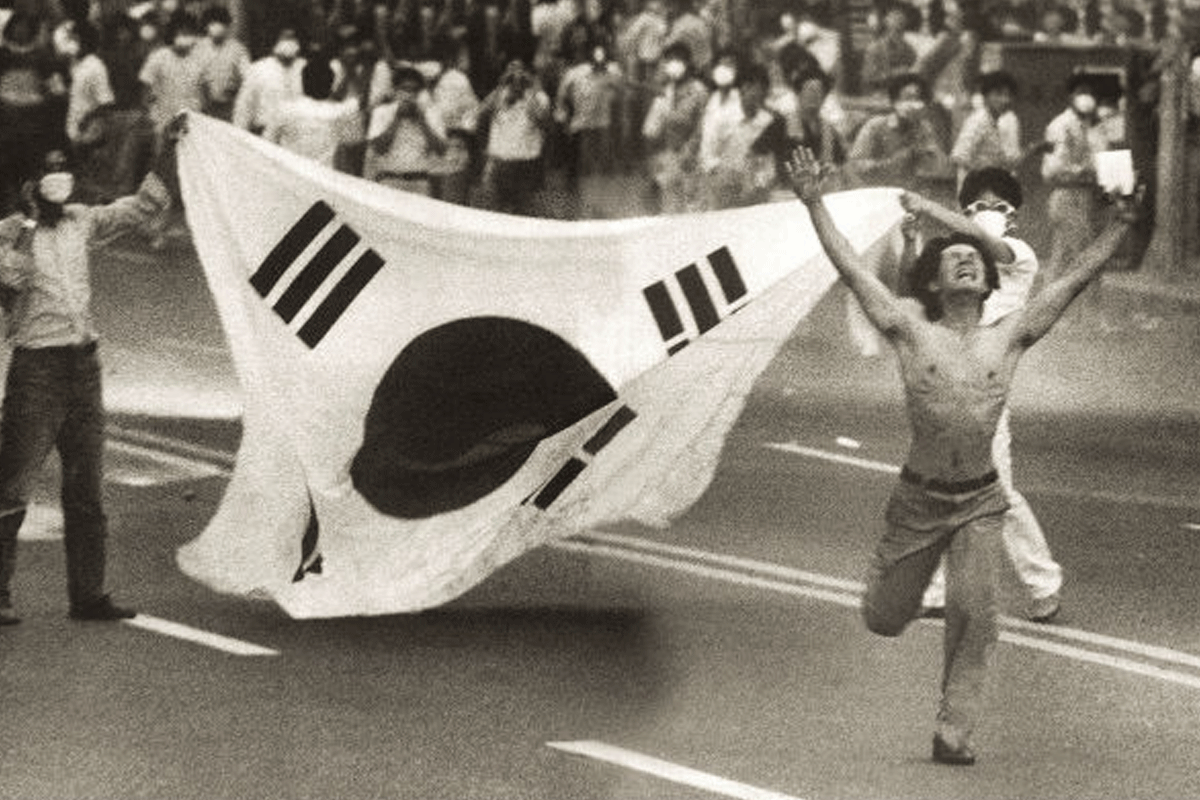
After President Choi Kyuha resigned, President Jeon Doohwan was elected as the 11th term president. After changing the constitution to make the president's term seven years, he was reelected for a 12th term, in an indirect presidential election. But, this sparked more protests by the Korean people and the June uprising. The people of Korea wanted to elect the president themselves, not be subject to the will of the National Assembly. As a response to these protests, President Choi decided to retire.
Noh Taewoo: 13th Term President
Term: 1988.02.25 - 1993.02.24

The 12.12 coup that worked to democratize Korea during the reign of President Lee was led by Noh Taewoo. He also served as a politician during the term of Jeon Doohwan before he was elected by the people to be the 13th term president. This revived direct presidential election system was the result of the June uprising and protests. Another result was the establishment of of a single five-year presidential term was adopted and exercised from that time on.
Park Geun Hye: 18th Term President
Term: 2013.02.25 - 2017.03.10
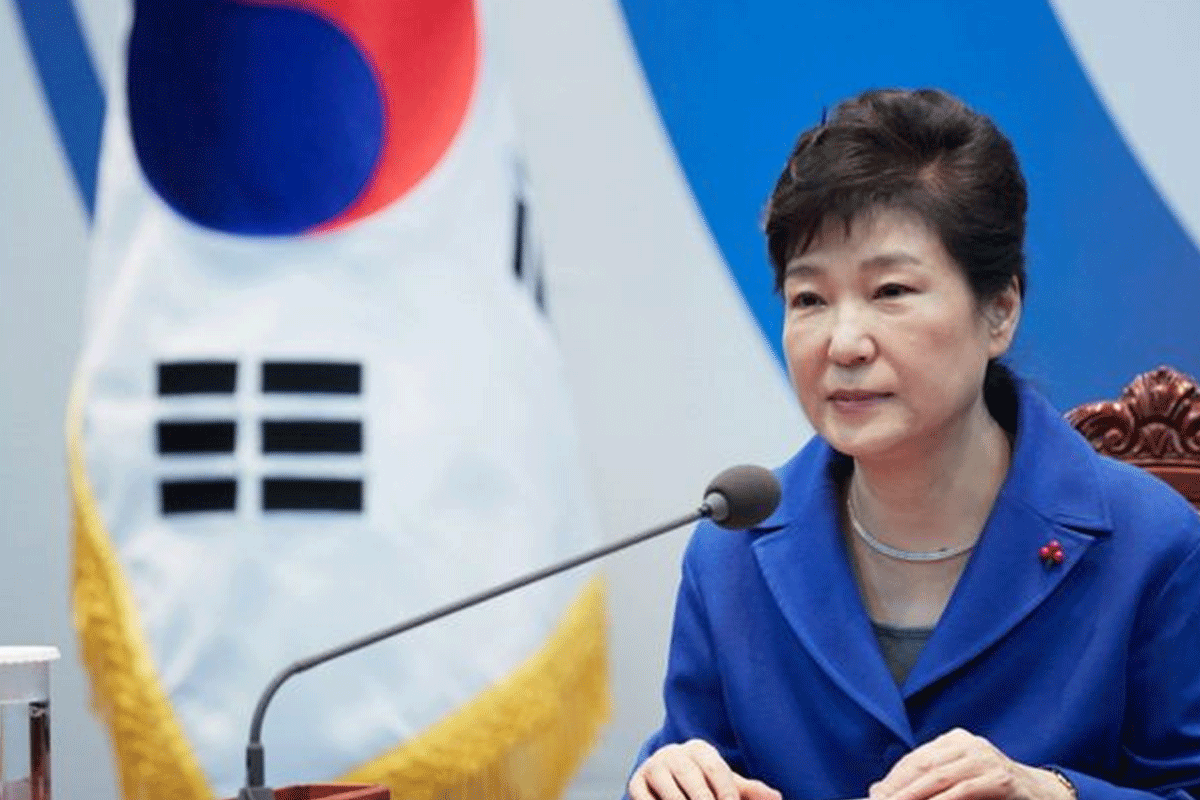
President Noh Taewoo become the first president to complete his term without being impeached or removed from office. Park Geun Hye, who followed, was removed after allegations of conspiracy and bribery of large companies were made. Another incident that contributed greatly to the Korean people's opinion of her was her handling of the sinking of MV Sewol, a ferry that sank and resulted in the death of over 300 people, many being high school students.
After several protests and candlelight vigils were held as a means to have her removed, the Constitutional Court decided to impeach her.

Following the term of President Noh Taewoo, the presidential election day was held on February 25th, but due to the impeachment of Park Geun Hye, a bi-election was held on May 10.
Voter Turnout
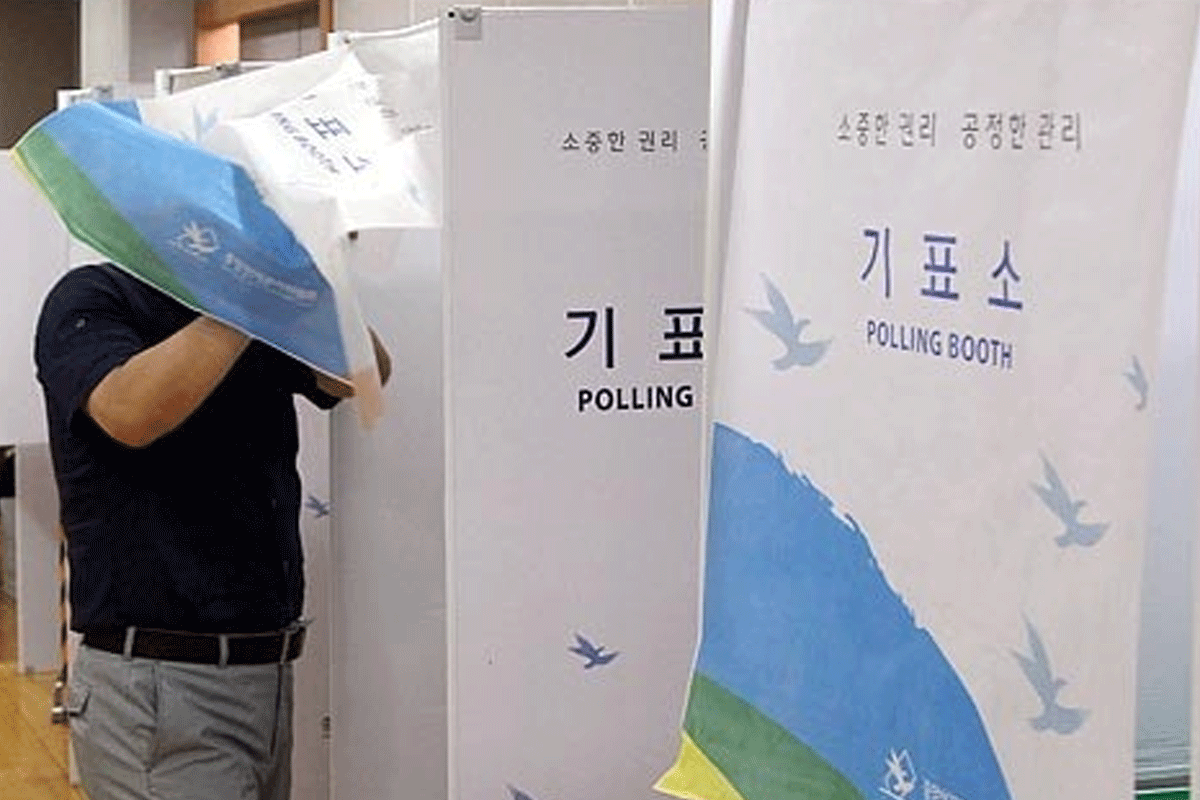
Photo Cred: 데일리안
Since the revival of the direct presidential election in 1987, voter turnout exceeded 80% in the 13th and 15th presidential elections. But by the 2000s, voter turnout had dropped to about 70% and even as low as 63%. But following the events leading to this unexpected election, President Moon Jae In was elected into office with a 77.2% voter turnout.
The Voting Preparation Process

Photo Cred: 연합뉴스
In the modern election process, each party holds an election to choose a member of the National Assembly as their candidate. This election is essentially seen as a preliminary round ahead of the actual presidential election held later on.
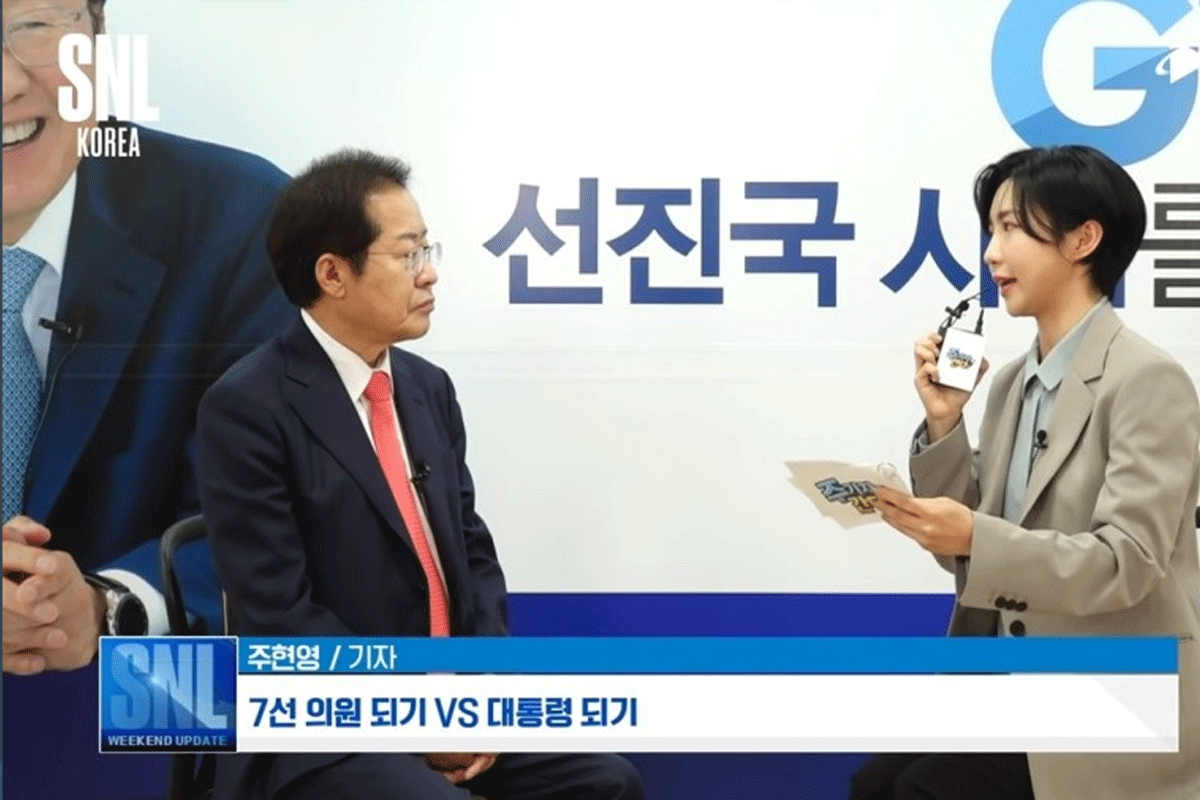
Photo Cred: SNL Korea
Lawmakers who have verified their qualifications through the primaries then announce their pledges through various media and carry out promotional activities. Recently, candidates have appeared on entertainment shows to try and win the favor of younger generations. This can work in their favor, or against them. In April, then President-elect Yoon appeared on the TV show "You Quiz on the Block," hosted by the comedians Yoo Jaeseok and Jo Seho. Both the TV network and President Yoon received criticism, saying his appearance did not fit the style and purpose of the show.
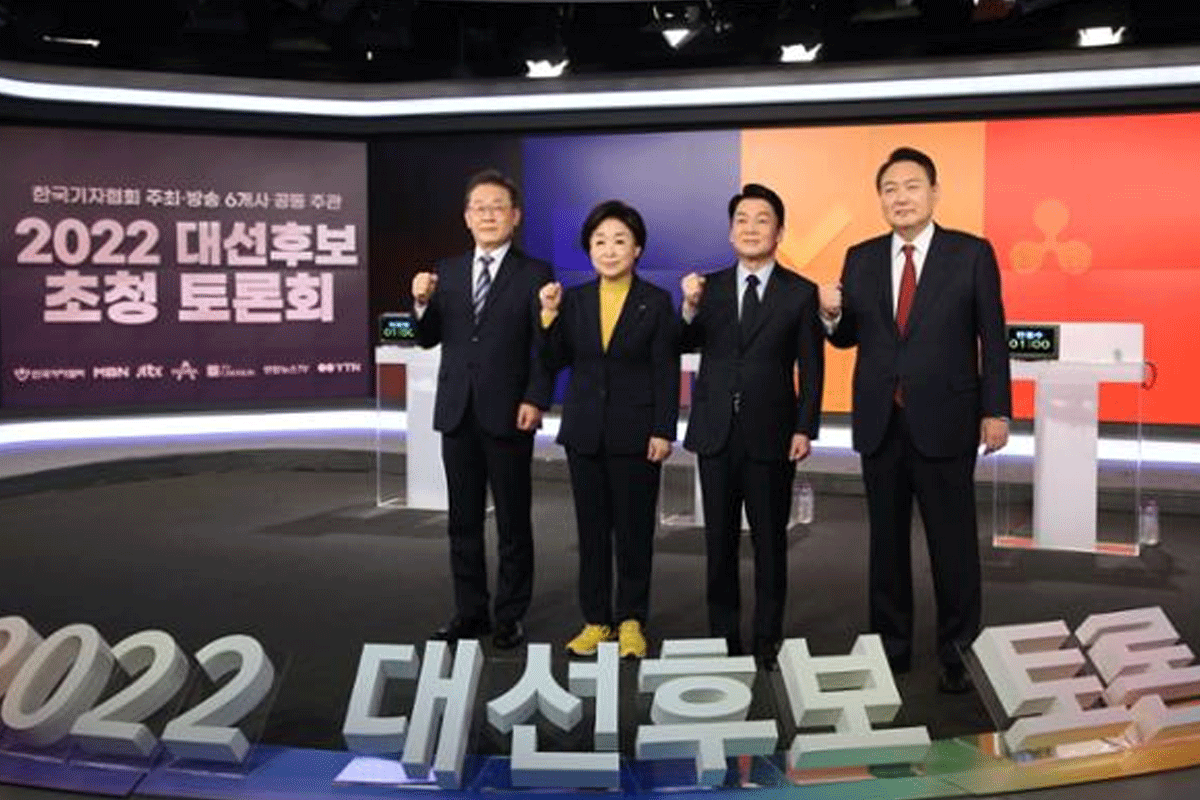
These candidates later attend the presidential debate, where they ask sharp questions about the candidate's pledges. They spend about two hours discussing each candidate's pledges and overall qualifications to be president.
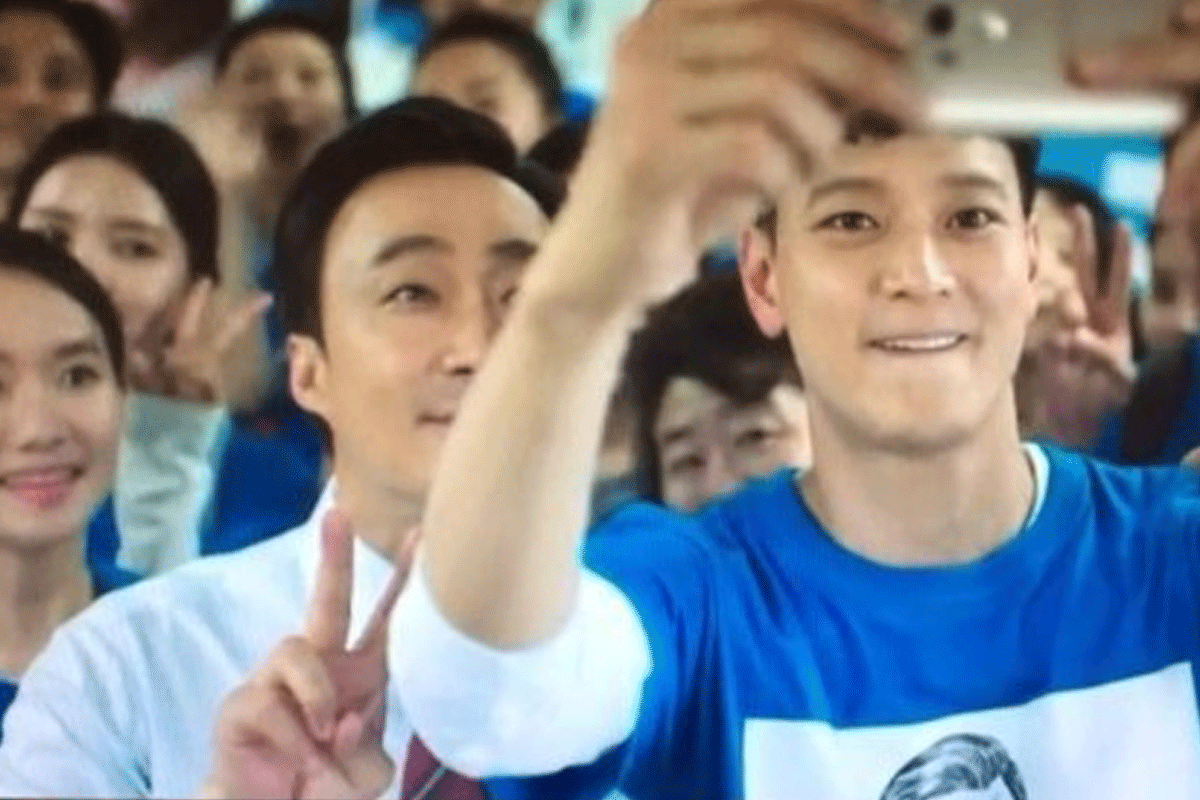
Photo Cred: 영화 검사외전
The presidential election takes place on the first Wednesday 70 days prior to when the current president leaves office. The election preparation period is 23 days prior to the before-mentioned Wednesday. From this point on, each candidate officially registers as a presidential candidate and starts preparing for the election full on. The campaign runs until the day before Election Day.
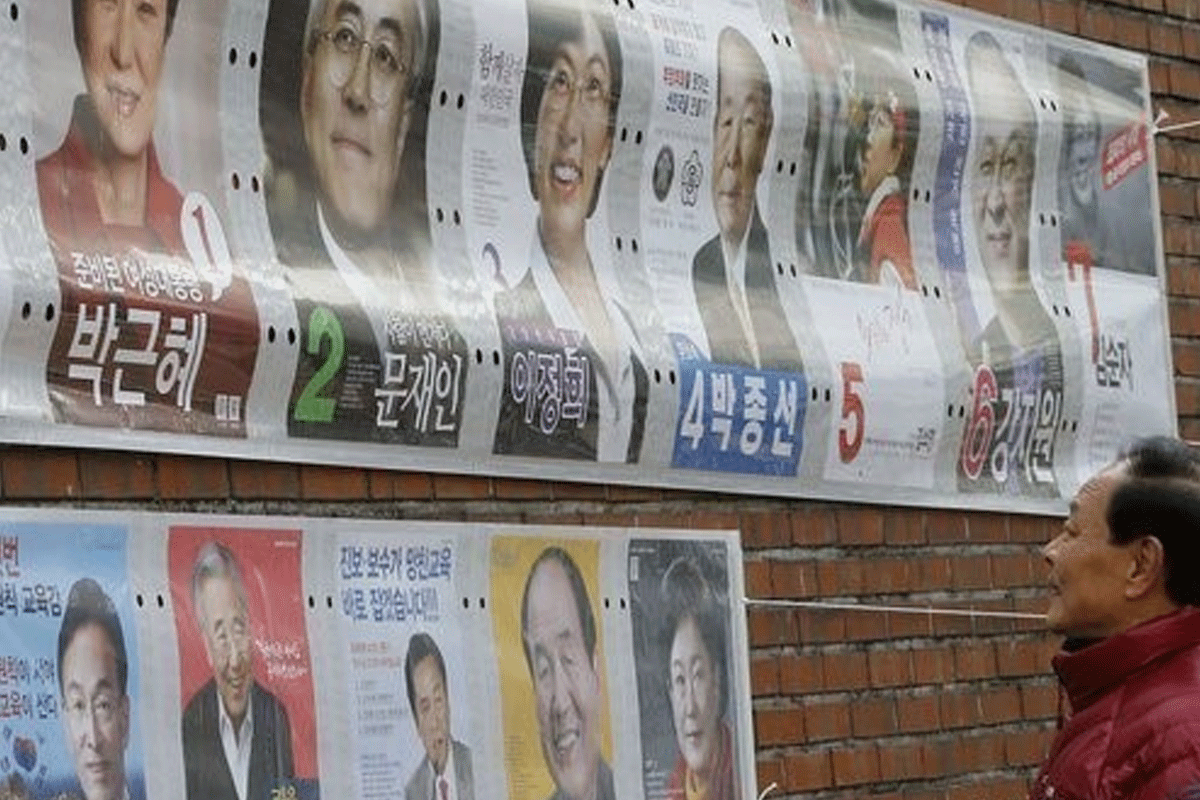
출처: 연합뉴스
During the 23 days campaign period, the candidates drive around in campaign vehicles and deliver speeches in public places. They distribute business cards and pamphlets to citizens and actively promote themselves through the use of posters, banners and media.
The Unique Points of Korean Election Culture
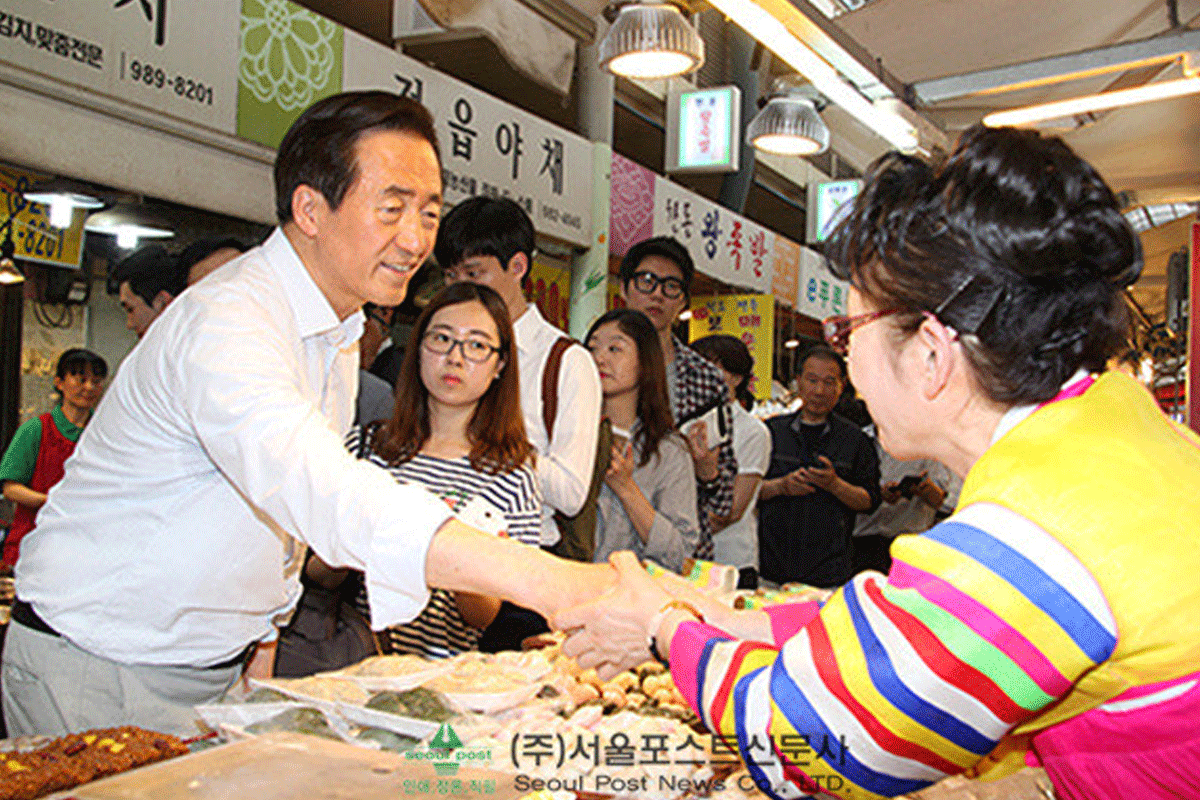
One of the most popular places for presidential candidates to campaign is at traditional markets and restaurants. The workers here typically are older and have a high interest in politics, so many choose to target them since they are most likely to vote.
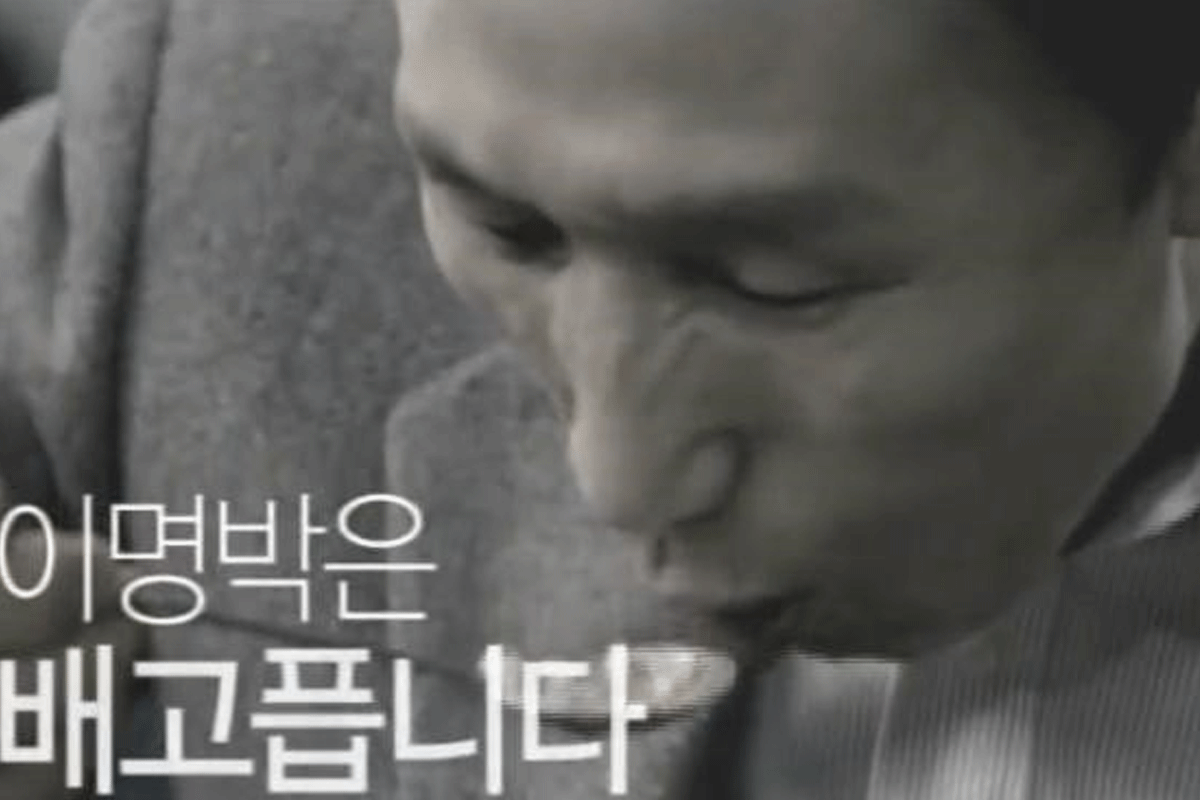
Not only can they campaign to the workers, but the ordinary people who are there. Markets and restaurants can convey the strong image of ordinary people, and so candidates go to these places to appear warm, approachable, and for the people. One campaigning memory that holds strong and has even become a meme is President Lee Myeongbak eating gukbap (rice soup) at a restaurant.
The way he dipped his radish kimchi into the soup and ate the soup properly showed that he was a big fan of the dish. This image appealed to the common people and left a very strong impression that many candidates try to imitate in their own campaigning.
Election Day and Election Holidays

Both the presidential election day and parliamentary elections in Korea are designated as national holidays in order to encourage more people to vote. Both the presidential and general elections take place on a Wednesday, since people may not participate on their rest days.
Likewise, if Monday or Friday are chose, people also take advantage of the three day weekend and not focus on voting which is why Wednesday was chosen.
Pre-Election
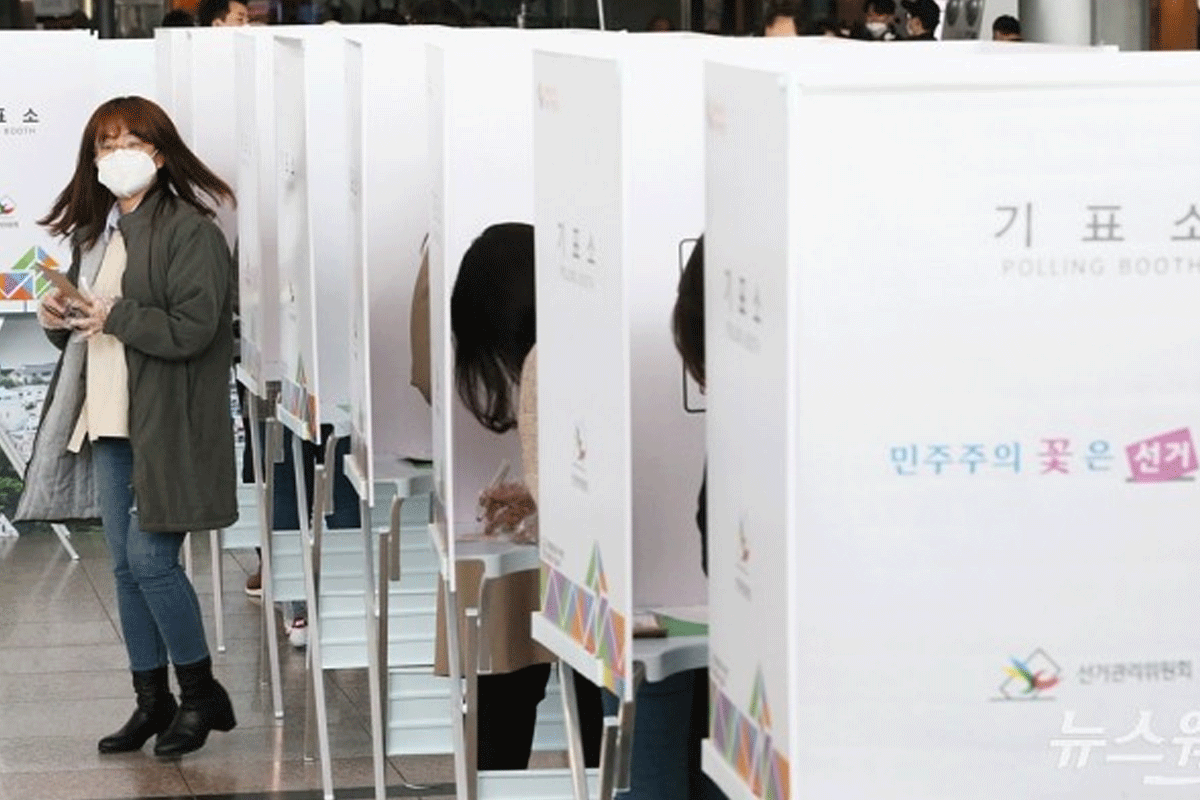
Photo Cred: 뉴스웨이
On Voting Day, voting takes place from 6am to 6pm. But this is not the only time you can vote. Prior to voting day, there are pre-voting days to allow people the option to work around their own personal conflicts. It also gives the opportunity to avoid the major crowds that come on voting day. Unlike the United States, Korea has no form of mail-in voting, so all votes must be done in person. This year there was even special after hours voting for those diagnosed with Covid-19 since there was no other way to participate.

Photo Cred: nsp통신
Many people prefer pre-voting for the conveniences it provides. Those who finish voting early can enjoy Voting Day as a vacation day, rather than spending the day waiting in line. For the 19th presidential election, the pre-voting rate was 26.06%, which is quite high considering it is not the official voting day. For this year's election, the pre-voting rate was even higher at 36.93%. Due to the ongoing Covid-19 pandemic, many people wanted to avoid large crowds to avoid more surges in cases.
Election Campaigns

Photo Cred: 세계일보
During the campaigning period of the election, you can expect to see many versions of campaigning being done. From campaign buses driving around playing loud music, to banners hanging from buildings, you can expect to see it all. Candidates shout out their pledges and devote themselves to painting a specific image of themselves to the public during this time. This can be on of the most shocking points of the election period for many foreigners who experience it for the first time.
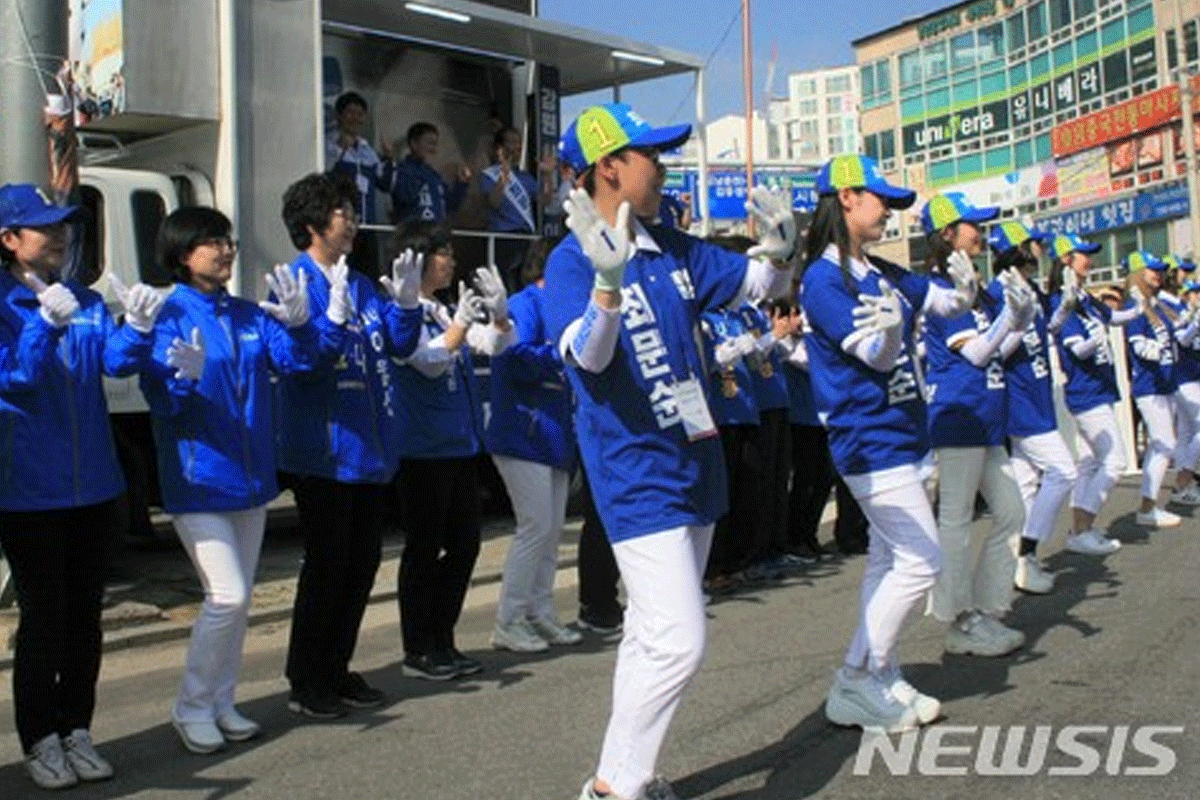
Photo Cred: NEWSIS
In order to win the votes of the Korean people, you'll hear popular or catchy songs blasting out from trucks. When these candidates go out to campaign, you can often see their supporters in matching jackets to help push forward the campaign trail even further. But if you ever do see this is person, you'll know. Because it is loud....very loud 😅
Masks and Plastic Gloves
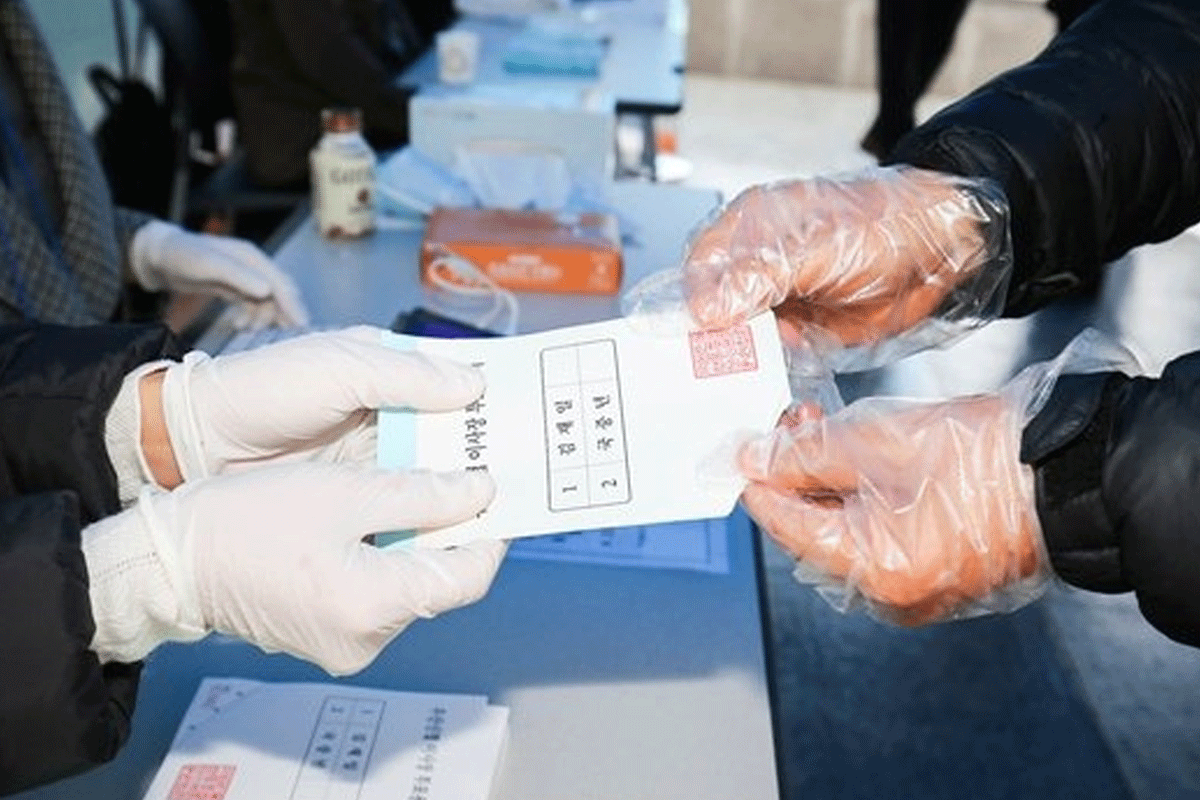
Photo Cred: 중앙일보
During the initial breakout of the Covid-19 pandemic, the election of the National Assembly took place on April 15, 2020. People felt anxious and afraid to perform their civic duty, due to the risk of potential infection. To further prevent the spread, the Central Election Commission distributed plastic gloves to those who came to vote.
Back then, this was enough to prevent further spread of the virus at that time, mainly resulting in a large amount of waste after the election. However, this year, Korea had just overcome the highest wave of cases as a result of the Omicron variant so further measures were needed to help ensure the safety of voters.
Due to the pandemic being at a peak, the typical 6am to 6pm voting window needed to be adjusted for those who were currently infected with the virus. Over 1 million people in Korea were in home quarantine and over 20 thousand new cases a day. The Election Committee later apologized to the patients of Covid-19 for the lack of preparation on helping them exercise their right to vote and brought further questions of alternative voting measures.
Voting Certification

Photo Cred: SBS
Similar to the dawning of 'I Voted' stickers in western cultures, Korean usually celebrated exercising their right to vote by showing off the stamp on the back of their hands. However, during the Covid pandemic, such practices are not allowed to be practiced. However, that did not stop people from getting stamps on the back of their gloves or on a piece of paper to celebrate having voted.

Celebrities also made a practice of posting proof shots of voting on social media to encourage people into voting. However, unlike countries like the United States where people speak openly about who they are voting for, it is very important that they remain neutral and encourage voting in general, rather than who to vote for.
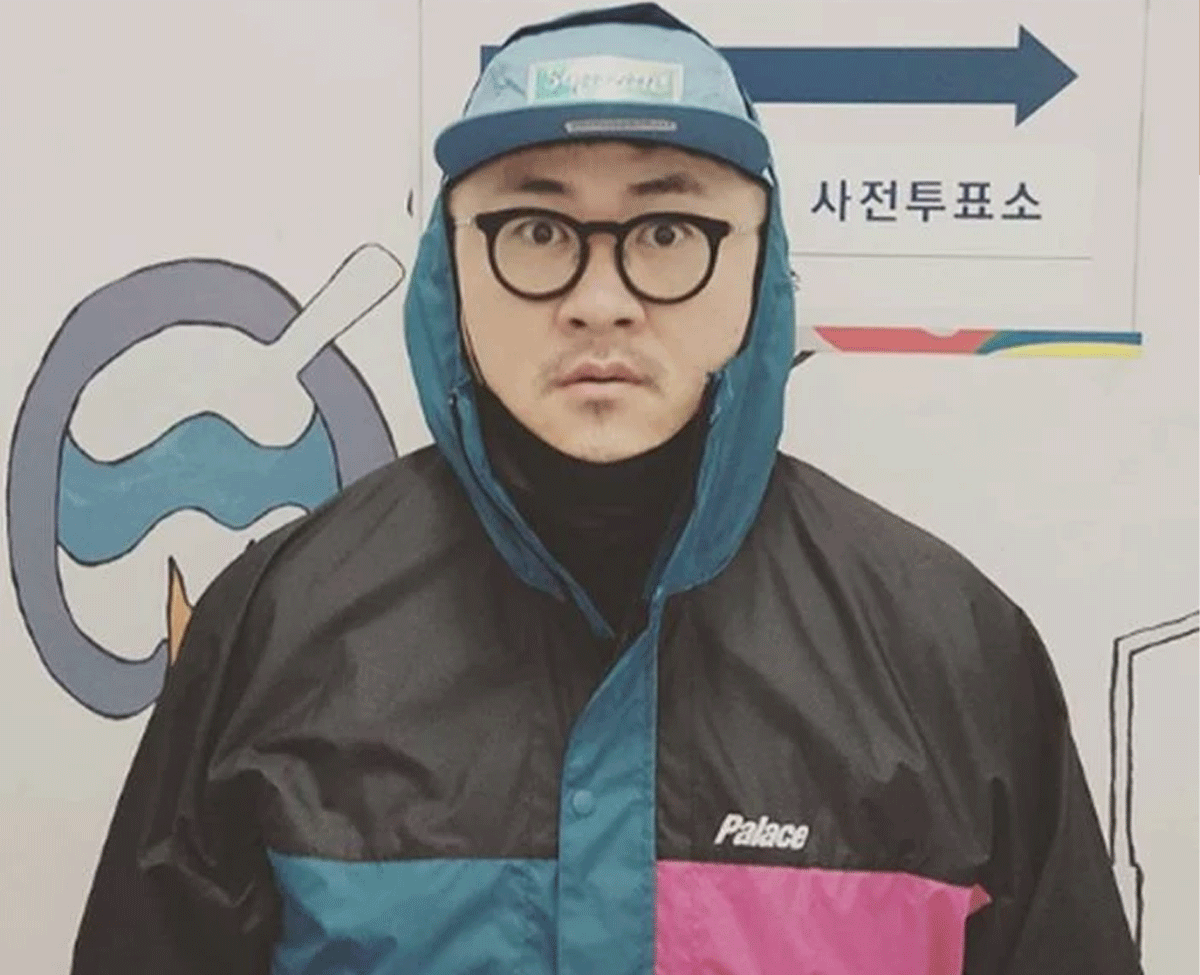
One social proof image that viral was of the celebrity Defconn who posted a picture wearing a red and blue jacket (the colors of the two major parties) and looked at the camera with no emotion and displayed true neutrality. Many people appreciated the lighthearted take on voted.
Ballot Counting Broadcast
When voting is finally complete, the ballot counting process begins quickly after. What happens next is that the nation tunes in for the various Counting Votes Broadcast. While each network has various ways of displaying the voting process, one fun aspect is the various animations that the stations will display as votes are counted (by hand by the way). These broadcasts are an excellent way to ease the tension while waiting for the countries next leader to be chosen. 😅
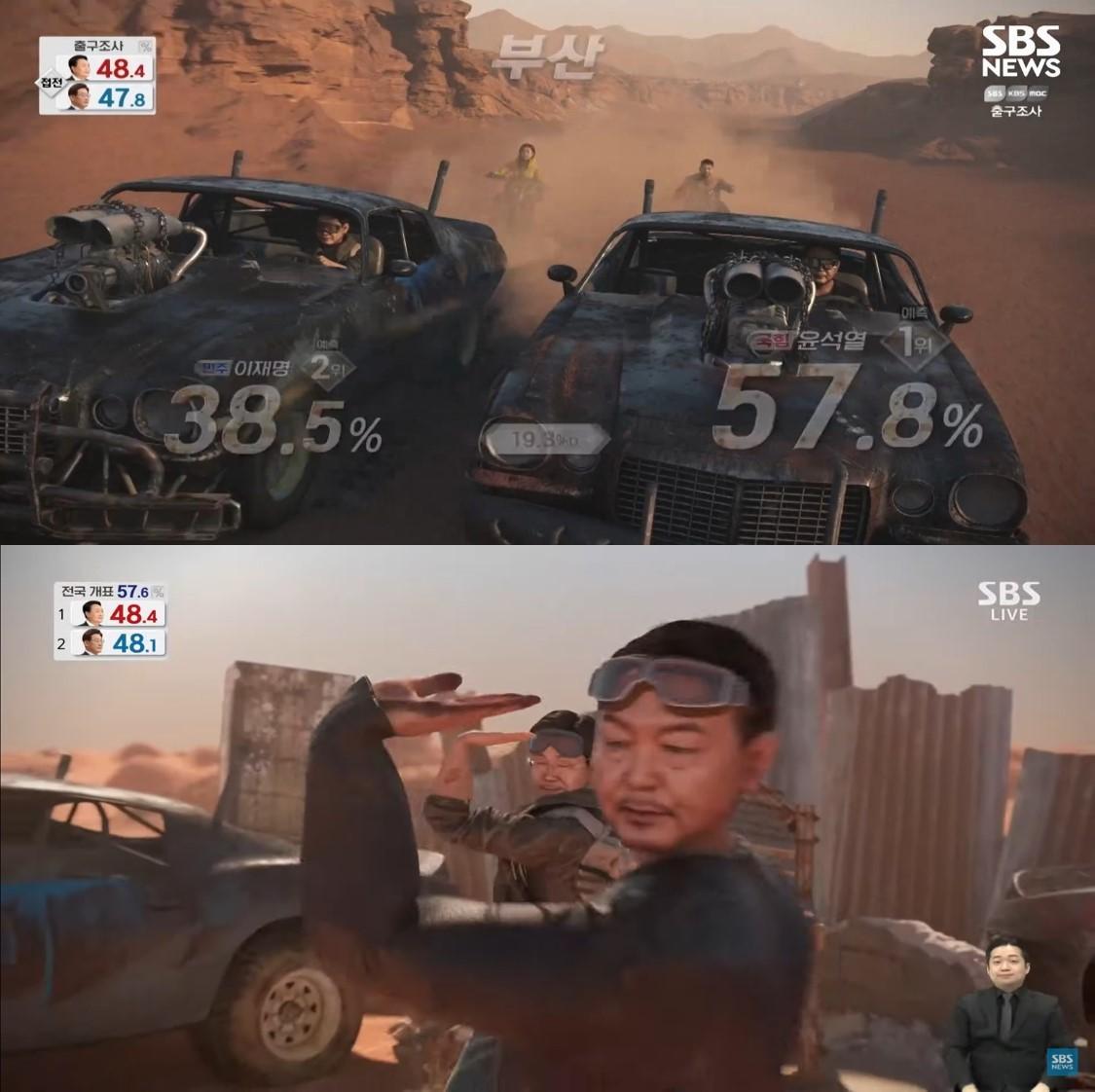
Photo Cred: The Korean Herald
These broadcasts are so popular because they use various ideas and CG to show the candidates to various activities while also showing the status of the votes. This year, SBS made the new for showing the candidates dancing to songs like Aespa's 'Next Level' or even competing in their own Winter Olympics, another hot topic of the year. This kind of entertainment is surely needed during one of the most contested elections of the nation.
Thank you for reading this far. We hope you enjoyed reading about the Korean presidency, past and present, along with the various part of the election process. South Korea is a country that has developed very quickly in such a short time. With this fast development comes many challenges that Korea is actively working to overcome. With this new presidency, we hope to see Korea overcome its challenges and make its way to recovering the events of the past couple of years.
As always, if you have any questions, feel free to contact us at help@creatrip.com or join our Facebook group to ask questions freely. Also make sure to follow us on Instagram, TikTok and Facebook to make sure you get all the latest content on Korea.
See you next time!

